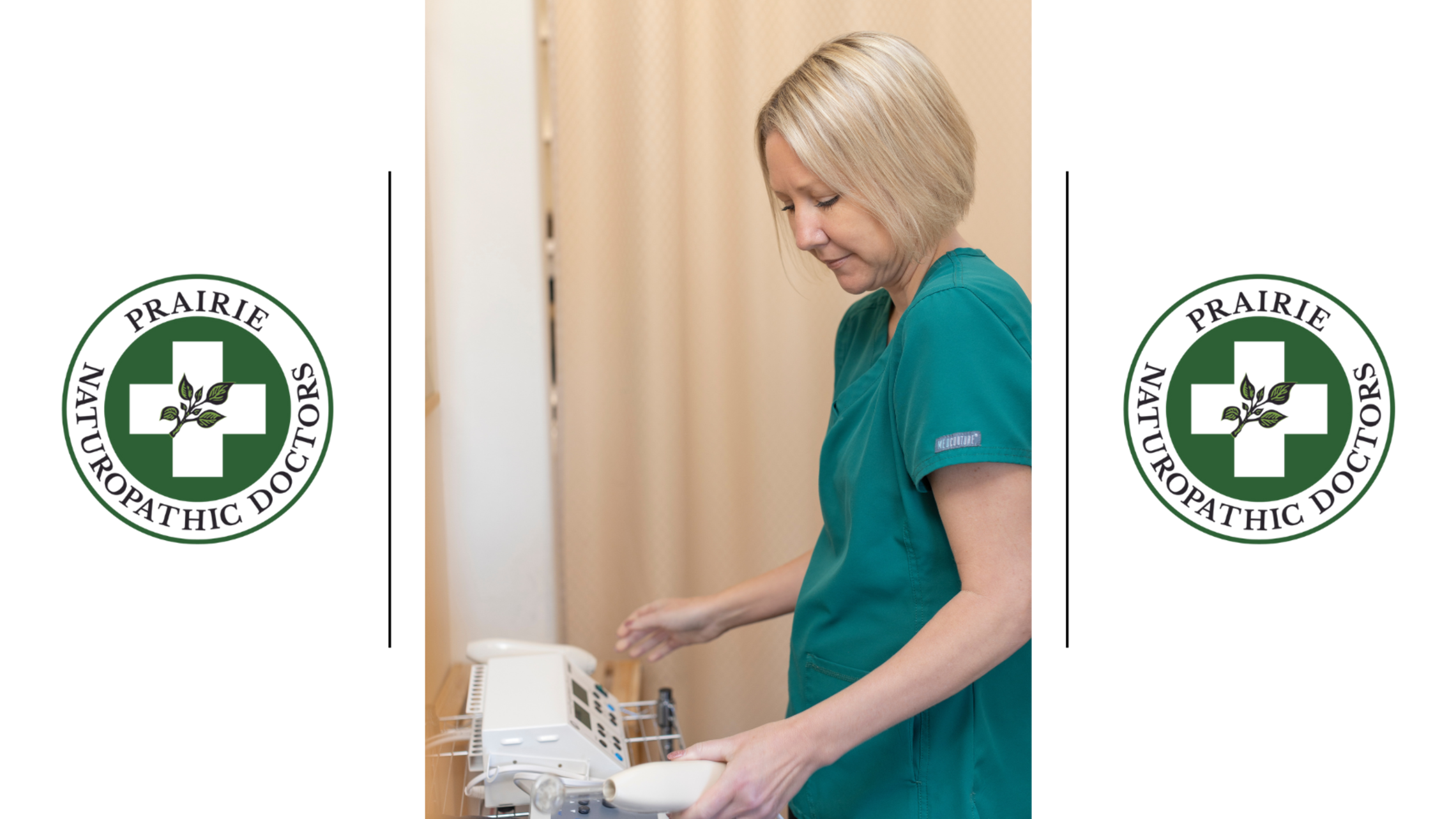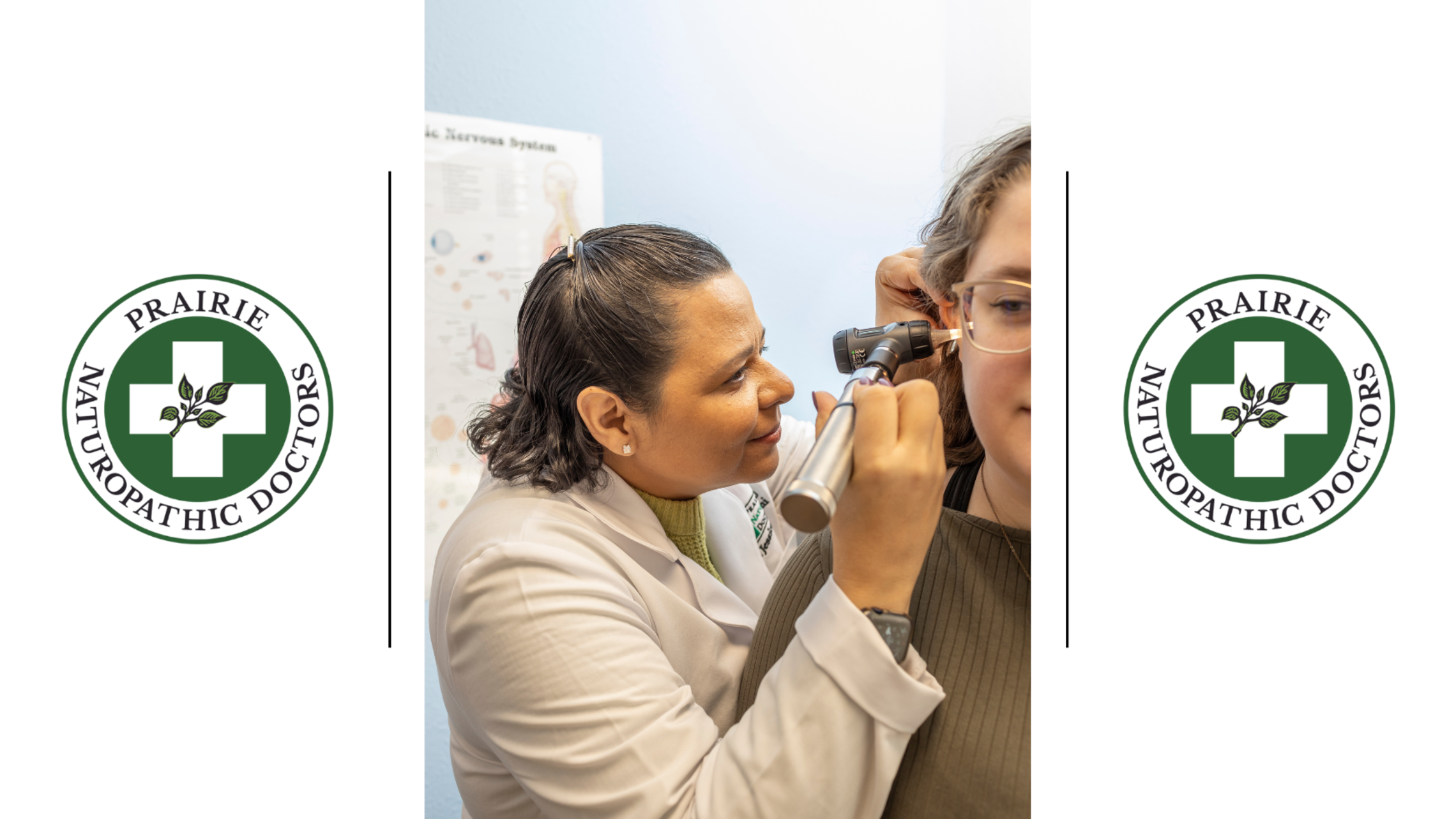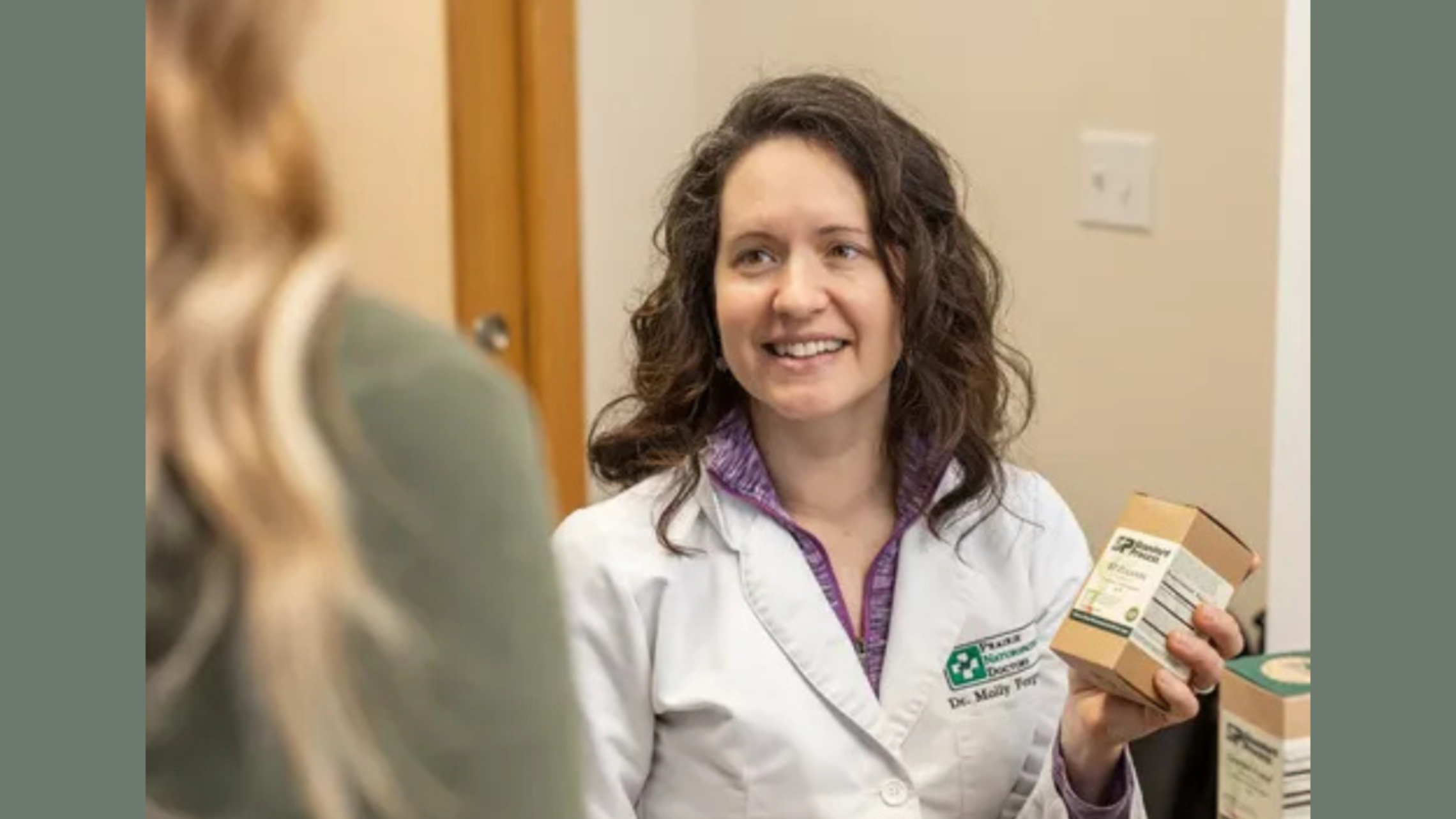How to Avoid the Winter Blues

Seasonal Affective Disorder, alternatively called “the winter blues,” is a very real medical condition that involves depressive episodes which happen around the same time each year. SAD is most prevalent among residents of northern climates during the winter in which the days are shorter resulting in less sunlight exposure.
There are actually two types of SAD: Fall/Winter onset SAD, and Spring/Summer onset SAD. However, the most common of these is the Fall/Winter onset SAD, with symptoms occurring in early fall to early winter and improving with the approach of the spring season. A decreased exposure to sunlight results in less Vitamin D production, which in turn reduces serotonin levels within the brain. In addition, the body’s circadian rhythm can get out of balance, due to lower levels of sunlight exposure. Women seem to be more affected than men. 10 percent of Primary Care patients report SAD symptoms to their doctors; however, according to Psychiatry MMC, an estimated 10 to 20 percent of cases of recurring depression follow a seasonal pattern. Children and adolescents are also prone to SAD, which can manifest itself as bulimia nervosa, anxiety disorders, mood disorders, and other psychiatric conditions.
Typical symptoms of SAD include:
- Withdrawing from Others
- Fatigue
- Changes in Mood
- Aches and Pains
- Changes in Sleep
- Weight Gain
- Increase in Appetite
The good news is that, if you are affected by the winter blues, there are several actions you can take to improve and feel better. Here are some ways to cope:
- Establish a regular exercise routine, as evidence shows that practicing moderate aerobic exercise at least three times a week helps to decrease symptoms of depression by increasing serotonin production in the brain. If new to exercise start by focusing on building a routine of short frequent exercise and then slowly overtime increase the amount within that habit.
- Optimize your Vitamin D supplementation by working with your Naturopathic Doctor to establish appropriate levels.
- The gut is a large producer of serotonin; therefore, a healthy diet accompanied by natural medicines such as herbal extracts can be established through guidance from your Naturopathic Doctor.
- Practice good sleep hygiene by turning off technology at least an hour before bedtime, keeping a regular sleep/wake schedule even on weekends, and avoiding lengthy naps.
- Open your blinds or curtains immediately upon waking, to ensure maximum exposure to natural light.
- Light therapy with light therapy box first thing in the morning has been shown to be helpful. Look for a LUX rating of 10,000 LUX. Use the light box for around 30 minutes in the morning and avoid use at night so it does not hinder your ability to fall asleep. Follow the manufacturer’s instructions.
- Cognitive Behavior Therapy (a.k.a. “talk therapy”) and/or a support group or network can assist with mental health.
- Journaling can be a great way to process thoughts and feelings throughout this time of year. Depressed mood may be a signal that something in your life or your response to life may need to change. Reflect, journal, talk with loved ones and explore how you can grow and change for the better.
- Many of our patients experience better mood through Sauna Therapy; the warm embrace of a Sauna, followed by a cold shower, can feel invigorating and refreshing throughout the cold winter months, and we consistently receive positive feedback from our Sauna Therapy participants.
- A properly prescribed homeopathic remedy supports the innate healing process and can be just the nudge the body needs to adapt to mental and emotional distress. Prescribing a remedy homeopathically requires a thorough intake and monitoring to establish the unique characteristics and symptoms of each patient to support the healing process. The aim and the result are not merely better mood but better health and resilience.
We, at Prairie Naturopathic Doctors, are here to support you throughout the winter months, and all year round. Please contact us at any time if you are experiencing symptoms of the winter blues; the sooner you can begin working with a healthcare professional, the more quickly you will be able to feel like yourself again.
In the meantime, we wish you wellness.
Resources:
Roecklein, K. A., & Rohan, K. J. (2005). Seasonal affective disorder: an overview and update. Psychiatry (Edgmont (Pa. : Township)), 2(1), 20–26.


